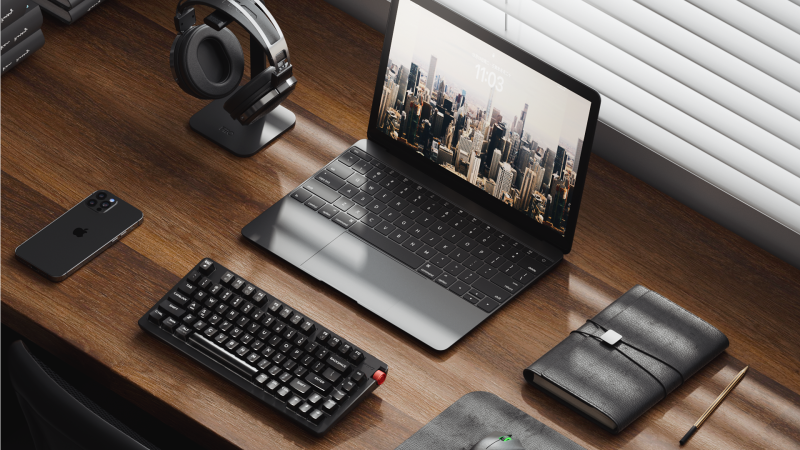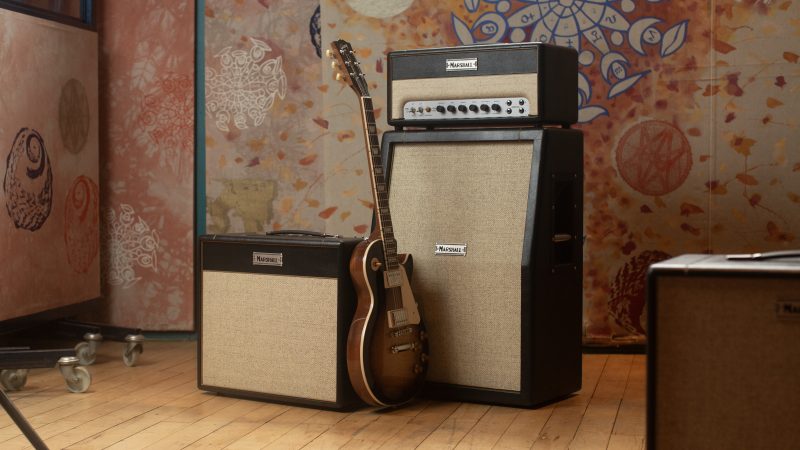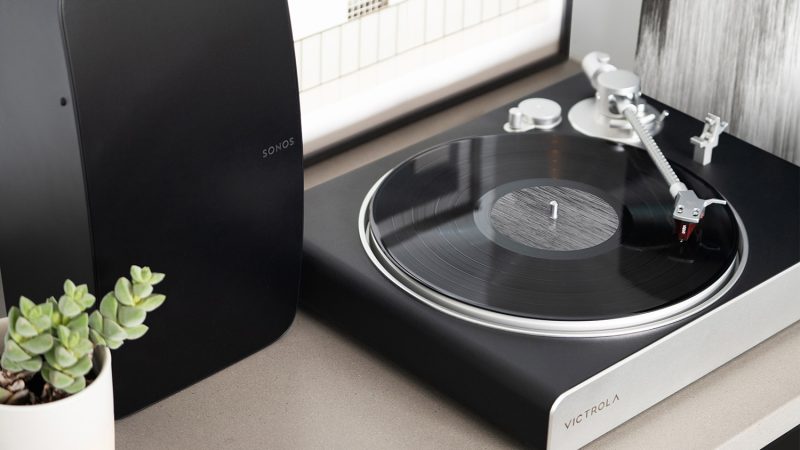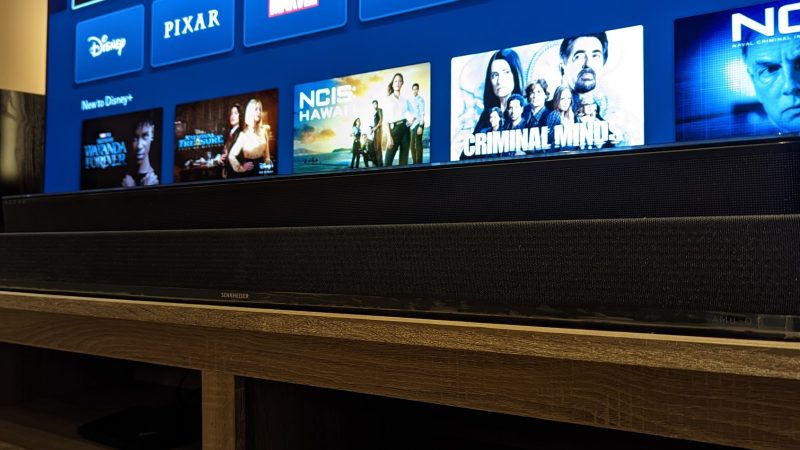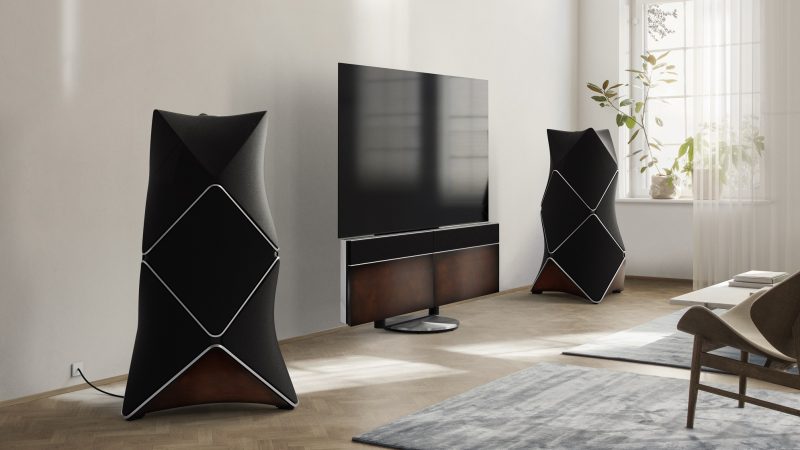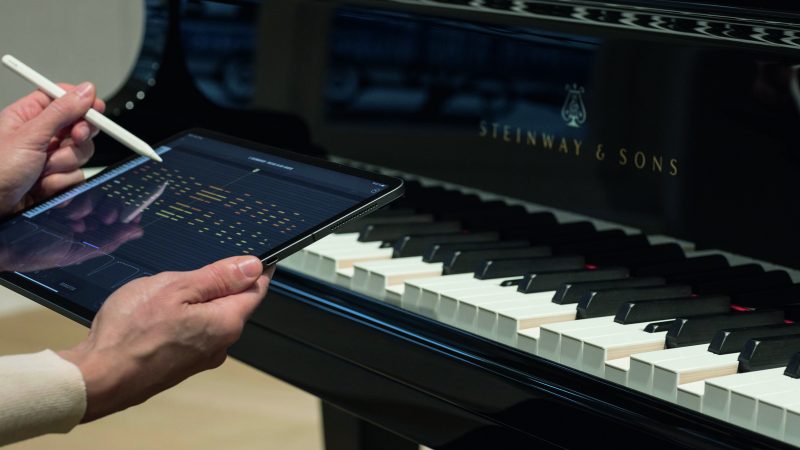How to: Plan your Hi-Fi system
 So, the time has come. Your smartphone speakers are no longer cutting it, and the Bluetooth speaker upgrade isn’t giving the depth, soundstage or immersion you desire? What is your next step? Yup, it’s time to look into creating your home Hi-Fi system.
So, the time has come. Your smartphone speakers are no longer cutting it, and the Bluetooth speaker upgrade isn’t giving the depth, soundstage or immersion you desire? What is your next step? Yup, it’s time to look into creating your home Hi-Fi system.
Leafing through Hi-Fi magazines, checking out reviews and generally learning is a good start. But, rarely do they help with your first steps. I’ll be honest now, even though I have been buying music since the 80s, my knowledge of Hi-Fi was limited until I started to explore the confusing world of the audiophile. Tis a scary, often intimidating place, but Hi-Fi doesn’t have to be.
You see, there are those, like in any community that feel knowledge is power. However, there are also those that wish to help you find the sound you’re looking for.
Getting sourcy
 Are you looking to hitch a ride on the LP (vinyl to those more ‘hip’) bandwagon? This will take you down a certain path. If heading this way, will your turntable be fitted with a phono stage/phono amplifier? If not, one will need to be added to your shopping list else you won’t be able to hear your music. The good thing is, if you are buying a turntable and a separate phono amp, you will have the flexibility to upgade one, either, or both later on. Whereas, if you buy a record player with an in-built amp, you may find yourself having to replace the one unit with two later on.
Are you looking to hitch a ride on the LP (vinyl to those more ‘hip’) bandwagon? This will take you down a certain path. If heading this way, will your turntable be fitted with a phono stage/phono amplifier? If not, one will need to be added to your shopping list else you won’t be able to hear your music. The good thing is, if you are buying a turntable and a separate phono amp, you will have the flexibility to upgade one, either, or both later on. Whereas, if you buy a record player with an in-built amp, you may find yourself having to replace the one unit with two later on.
[amazon_link asins=’B01KBMQISO’ template=’ProductAd’ store=’gadgnews-21′ marketplace=’UK’ link_id=”]Just to add more choices, you can even get Bluetooth turntables. These will hook up to Bluetooth-equipped amps or active (powered) speakers wirelessly. Bluetooth, however, is ‘lossy’ and so will lessen the audio quality when compared to other methods. Of course, you may or may not hear the difference.
Looking to squirt audio from a smartphone or tablet? Bluetooth would be a handy addition. Already have a CD collection? Do you have loads of audio on Network Attached Storage (NAS)?
All these questions will need be answered. However, there are routes you can take in order to allow more flexibility.
If you will be keeping it digital, then a music server with an in-built amp such as the Bluesound Powernode or the impressive Naim Uniti Atom will be a neat solution. These literally just require speakers and then you’re on your way to audio heaven.
However, if you intend to build a full, traditional system, buying components that will play nicely together should be at the forefront of your mind.
Spreading it about
 Are you intending to play your shiny system just in one room, or are multi-room skills a priority? Personally, if you are looking for tip-top tune time, there are limited multi-room solutions that will take you in to high-end realms. This is something really worth considering.
Are you intending to play your shiny system just in one room, or are multi-room skills a priority? Personally, if you are looking for tip-top tune time, there are limited multi-room solutions that will take you in to high-end realms. This is something really worth considering.
Whilst we are chatting about rooms, how much space have you got? Up until recently, I have been living in small 1 or 2 bedroom London flats. This pretty much dictated the size and style of my Hi-Fi.
Room size will have an impact on both amplifier and speaker choices. This is not necccesarily a bad thing though, some speakers that might get lost in large rooms will sound fantastic in smaller spaces. Take the gorgeous Eclipse TD508MK3, for instance.
Pay to play
Money no object? Fill your boots with the biggest and best. Unfortunately, most of us will be tied by what our bank account says.
Budget sensibly, and budget well.
Thankfully, these days, there is a huge range of decent kit at almost every price point. If you are prepared to do a little more homework and not squeamish about buying second or third-hand, you will be able to step up the audio-ladder whilst not busting your budget. My current turntable and speaker stands were auction site bargains, as was my disc player until recently. If going down this route, patience is key. Both the turntable and CD/DVD/Blu-ray player were the results of backing out of numerous bidding wars for months before winning these at the budget I allowed myself.
If you are wanting to build a system of separate components, allow money for interconnects (cables that join each component to each other), as well as speaker cables that will run from your amplifier to the speakers.
If going digital, don’t forget to add in subsciptions to Tidal, Qobuz, and/or other high quality streaming services. Spotify Premium is also a popular choice for many, however the others mentioned stream at better quality.
Five-year itch
Are you planning ahead? Are you likely to want the option to upgrade bits as you save up for the next level? In that case a one-box system might not be for you. Additionally, if money is too slow to add up then separates are a good way of scratching the Hi-Fi itch in stages. Back in the day, I started with a cassette player, amp and speakers. Then, at Christmas and birthdays, asked either for components, or money towards the next bit.
There is great satisfaction to be had by watching your system take shape. Here, I feel that I should also warn you of something. Constantly tweaking and making upgrades can be addictive. One day you’ll be buying a better cartridge for your record player and, before you know it, you’ll be treating the room walls, testing out mains conditioners, and all the rest of it.
So, you have been warned and I have done my due dilliegence.
Shortlist
By now you should have some idea of what you’re looking for.
If you are buying new then it’s time to find a store, or stores, where you can listen to as much of your planned Hi-Fi as possible.
Auditioning is generally a step that most people skip happily past. Granted, being able hear systems in the rare beast that is the Hi-Fi store is handy, this doesn’t mean that it will sound the same at home.
If you are looking to spend a decent amount, some stores will allow you to test components at home. This will give you a better idea.
Sounds funny
This brings me on to the subject of speakers.
These can be awkward things. This also links back to the size of the room your system will be living in, too.
You see, speakers will react differently depending on their position in a room. Not only that, they can sound differently depending on how close they are to each other and to any walls.
If your speakers will be pushed back against a wall, front ported types may be the best way to go here. Most ‘bookshelf’ speakers are designed for cramped spaces (on a bookshelf, obvs), so these might be a good place to start.
The next step
Once you’ve got enough parts together in order to actually play music through your pride-and-joy, it’s worth spending time on getting everything in the right place.
Got a turntable? It’s best not to have it too close to, or directly in front of, your speakers. The needle is transferring vibrations up the tonearm and out in to your amplifer. Your speakers are also creating vibrations. You see what I am getting at?
 The easiest upgrade, and most cost effective, is actually taking time with your speaker placement. Ideally, the speakers should be level with your ears and the ‘sweet spot’ will make you the point of an equilateral triangle.
The easiest upgrade, and most cost effective, is actually taking time with your speaker placement. Ideally, the speakers should be level with your ears and the ‘sweet spot’ will make you the point of an equilateral triangle.
Also, keeping the path from the speakers to you clear of furniture will also benefit the sound.
Further investigation
You could do a lot worse than having a look around one of the Hi-Fi shows if you’re needing inspiration.
Bristol, headroom (portable Hi-Fi and headphones), and Indulgence are great fun and opens the gates to a larger choice. Also, these shows have many experts on hand who might be able to help you in your quest.
Has this been useful?
Please let me know if this has been useful or not by commenting below or on Facebook.

